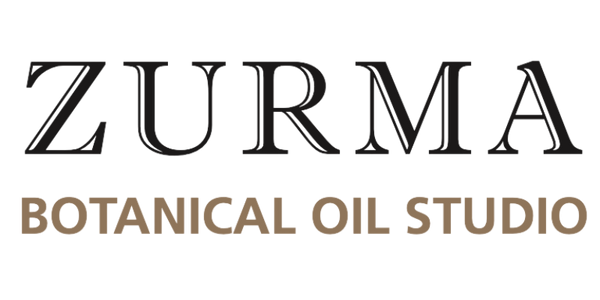
Understanding Your Skin Type: Adapting Your Routine Through the Ages
Share
Our skin evolves with us. From the hormonal surges of youth to the dryness and fragility of mature years, it responds to internal shifts and external pressures. Choosing the right skincare isn’t about trends—it’s about understanding what your skin needs at each stage of life and supporting its natural function.
Young Skin (Teens to Early 20s)
In adolescence and early adulthood, skin tends to be oilier and more reactive. Increased sebum production and developing hormone levels can trigger breakouts and sensitivity. Here, a minimal routine is best. Gentle gel-based cleansers, soothing hydrosols, and lightweight plant-based moisturisers can help balance oil while maintaining the skin’s protective barrier. Avoid over-cleansing or using harsh exfoliants, which can increase inflammation and disrupt microbiome balance.
We recommend starting with the Bio Whenua Lingonberry Face Wash, a refreshing cleanser that lifts away excess oil without stripping the skin. Follow with a calming spritz of Manuka Hydrosol or Tea Tree Hydrosol to soothe and clarify. For moisture, the Bio Whenua Manuka Honey Crème offers gentle hydration with natural antibacterial support. Sensitive skin types may also enjoy the softening effect of Certified Organic Rose Hydrosol.
Adult Skin (Mid-20s to 40s)
By the mid-20s to early 40s, skin typically stabilises, but begins to show signs of early ageing. Collagen production declines, sun exposure leaves more visible marks, and dehydration becomes more common. Skincare at this age benefits from antioxidant support—serums rich in vitamin C, ferulic acid, or niacinamide can help reduce oxidative stress and improve tone. Incorporating humectants like hyaluronic acid, as well as nourishing oils such as squalane or meadowfoam seed, keeps the skin supple and resilient. Regular but gentle exfoliation—such as enzyme-based or lactic acid products—can also encourage cell turnover without damaging the skin.
To support skin at this stage, try our Bio Whenua Vitamin C Serum for brightening and collagen support. The Bio Whenua Rejuvenating Serum delivers antioxidant protection and botanical nourishment. For daytime, layer with Bio Whenua Day Crème, and in the evening, replenish with Bio Whenua Night Crème. Add the Extra Enriching Face Oil as needed for enhanced lipid repair. For a gentle retinol alternative, consider the Bio Whenua Bakuchiol Serum. Support the delicate eye area with Bio Whenua Eye Crème and complete your routine with our Revitalising Rose Toner.
Mature Skin (50s and Beyond)
As we move into the 50s and beyond, hormonal changes—particularly the drop in oestrogen—accelerate skin ageing. Skin becomes thinner, drier, and more prone to inflammation. Fine lines deepen, elasticity reduces, and pigmentation may become more prominent. At this stage, skincare should prioritise restoration. Richer textures, occlusive night oils, and barrier-repairing actives like panthenol and ceramides are beneficial. Products featuring CO₂ extracts of calendula, rosehip, or sea buckthorn provide antioxidant and anti-inflammatory benefits while helping to restore lipids. Hydrosol layering, followed by a deeply nourishing serum or balm, supports both hydration and elasticity.
For mature skin, the Bio Whenua Moisturiser Crème – Koromiko & Cucumber offers a rich, hydrating base to comfort dryness and enhance resilience. Pair it with the Bio Whenua Rose Toner or mist with Certified Organic Rose Hydrosol to gently restore hydration and calm inflammation before applying oils or creams.
Across All Ages: Listen to Your Skin
Regardless of age, the most important skill is learning to read your skin. Changes in season, stress levels, diet, or medication can all affect how your skin behaves. Rather than sticking rigidly to one routine, allow flexibility. At Zurma, our approach focuses on natural, plant-based skincare that works in harmony with your skin’s natural rhythms—layering gentle hydration, antioxidants, and lipid support as needed. To achieve this we have deverloped a wide range of products to suit every skin type at any age - check out what we have to offer here.
